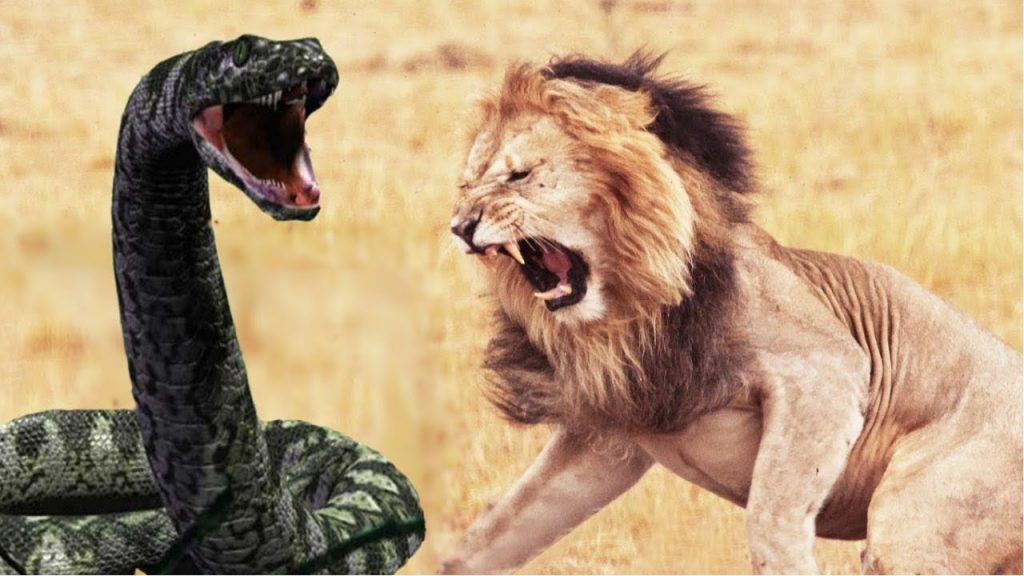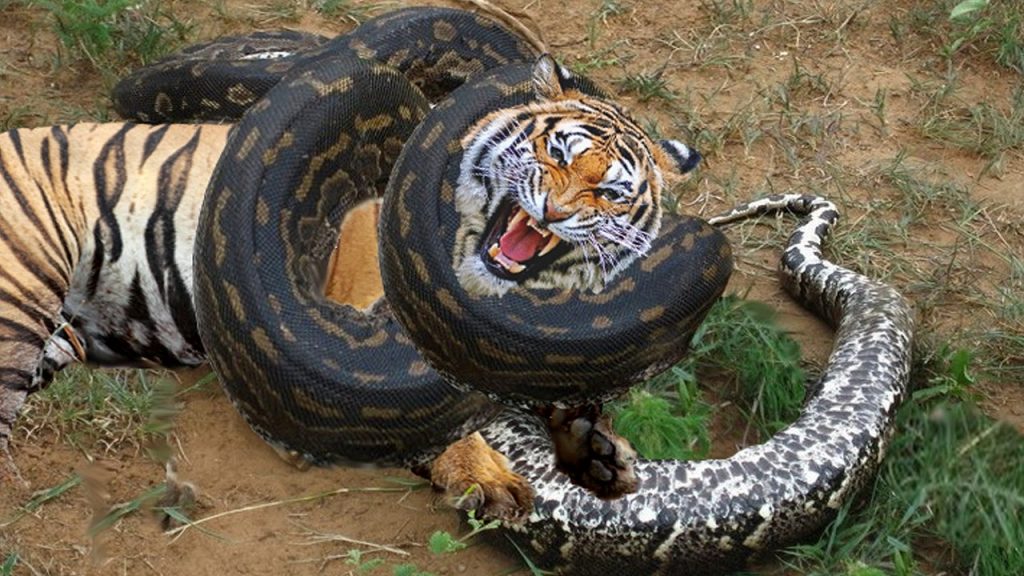Dangerous Felines vs. Large Snakes
Brutal fights are way more common that you might think out there, in the wild and animals are used to them.
They fight for food, for territory and for supremacy.

Kill or be killed! Eat or be eaten! That’s how things work in the wild.
After all, it’s survival of the fittest out there!

According to Out to Africa, mature male lions are unique among the cat species for the thick mane of brown or black hair that encircles the head and neck. The tails of lions end in a horny spine covered with a tuft of hair.
Females do 85 to 90 percent of the pride’s hunting, while the males patrol the territory and protect the pride, for which they take the “lion’s share” of the females’ prey. When resting, lions seem to enjoy good fellowship with lots of touching, head rubbing, licking and purring. But when it comes to food, each lion looks out for itself.

Lions are the laziest of the big cats. They usually spend 16 to 20 hours a day sleeping and resting, devoting the remaining hours to hunting, courting or protecting their territory. They keep in contact with one another by roaring loud enough to be heard up to five miles away.

The pride usually remains intact until the males are challenged and successfully driven away or killed by other males, who then take over. Not all lions live in prides. At maturity, young males leave the units of their birth and spend several years as nomads before they become strong enough to take over a pride of their own.